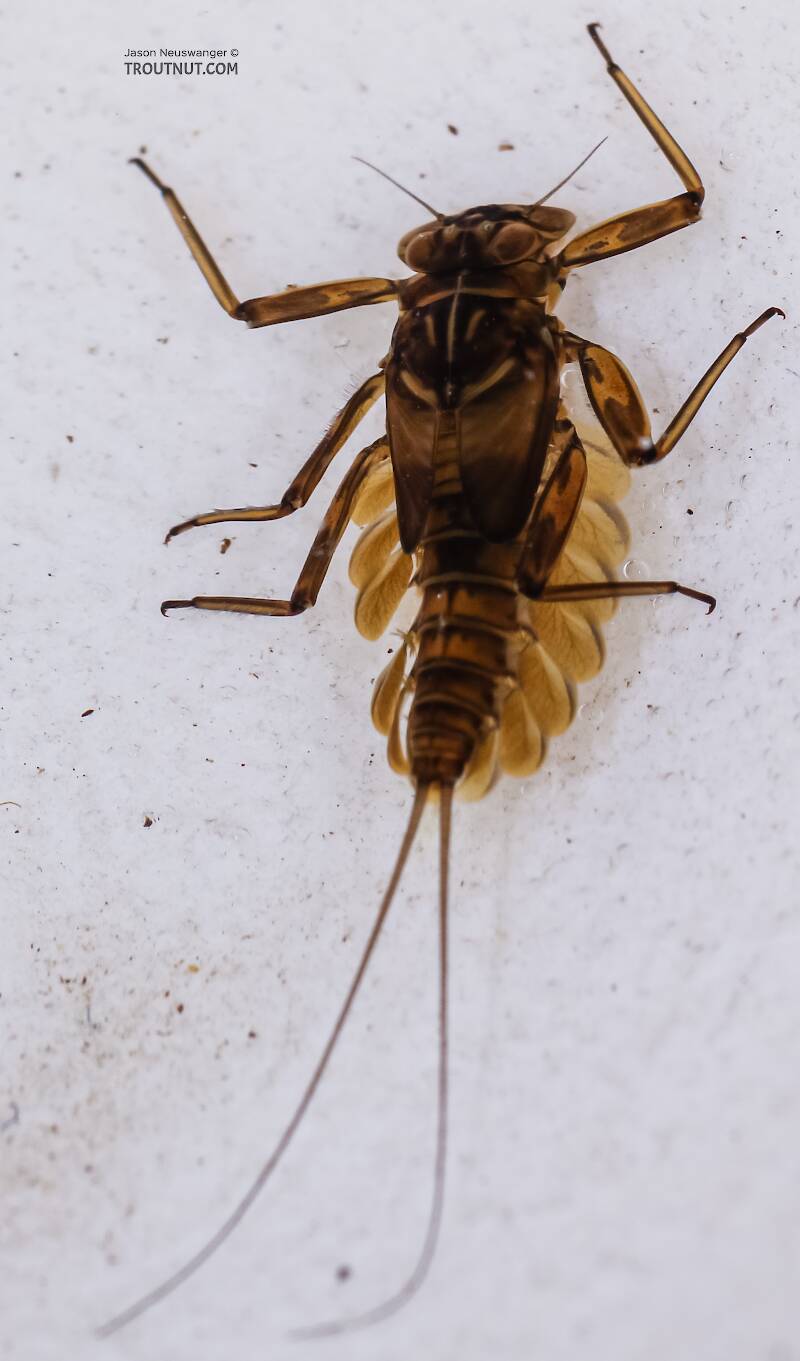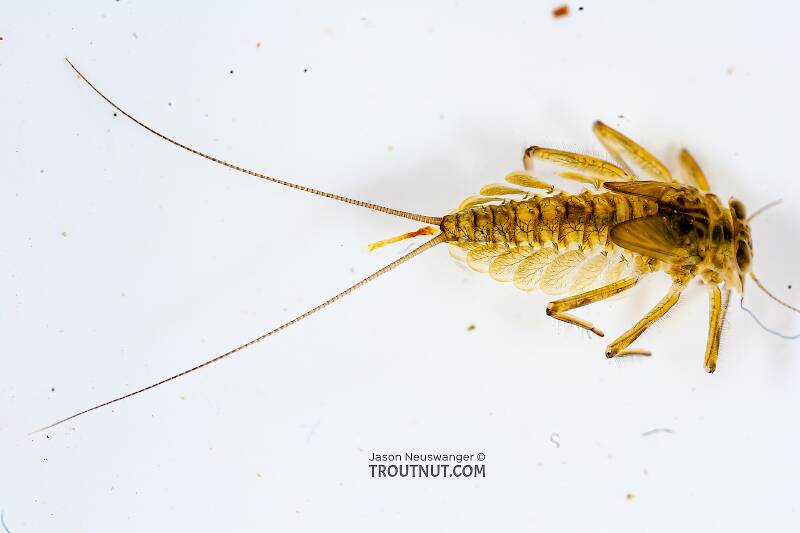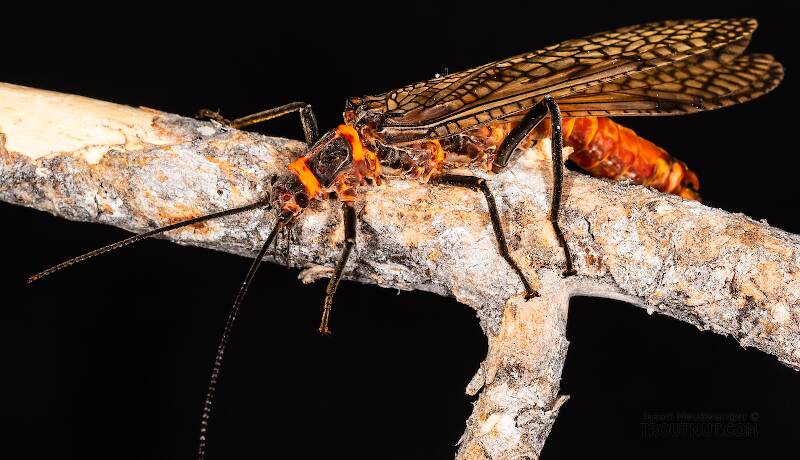
Salmonflies
Pteronarcys californica
The giant Salmonflies of the Western mountains are legendary for their proclivity to elicit consistent dry-fly action and ferocious strikes.
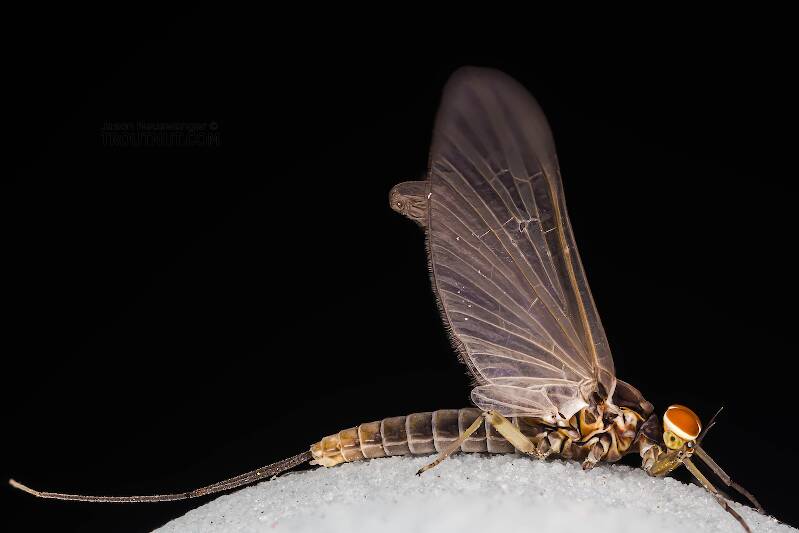

Mayfly Species Epeorus deceptivus
Where & when
Time of year : July through early October
Preferred waters: Fast, cold, mid-size rivers
Altitude: Above 5,000 feet
In 8 records from GBIF, adults of this species have been collected during September (50%), June (25%), August (13%), and July (13%).
In 31 records from GBIF, this species has been collected at elevations ranging from 171 to 11145 ft, with an average (median) of 8556 ft.
Species Range
Hatching behavior
Physical description
Most physical descriptions on Troutnut are direct or slightly edited quotes from the original scientific sources describing or updating the species, although there may be errors in copying them to this website. Such descriptions aren't always definitive, because species often turn out to be more variable than the original describers observed. In some cases, only a single specimen was described! However, they are useful starting points.
Male Spinner
Wing length: 9-10 mm
A light brown species, very similar in general appearance to Cinygmula ramaleyi; genitalia distinctive.
Head and thorax reddish brown; lateral areas on each side of scutella of mesothorax and metathorax blackish brown. Legs light red-brown; apex of fore tibia, and all tarsal joinings, blackish brown; no markings on femora. Fore leg of male much longer than body; tibia slightly more than 1 1/2 times as long as femur; first, second and third tarsal joints subequal one to another. Wings hyaline; venation dark brown, veins rather fine. Cross veins in costal space, except the 12 to 14 in the stigmatic area, very indistinct.
Abdominal segments 2-7 semi-hyaline; 8-10 opaque. Anterior portions of tergites pale brown; posterior portions shaded with purplish brown; the posterior margins and anteriorly-directed projections from them on each side, darker purplish brown. Sternites somewhat paler than tergites; small oval brown patches at ganglionic areas. Tails brown. Genitalia pale brown; in structure, unlike any other species of this genus. Penes appear to vary somewhat in shape according to their functional condition. As shown in the original figure, and in one slide lent us by Dr. McDunnough, penes are somewhat widened subapically, the lateral lobes very prominent. In other slides and specimens which Dr. McDunnough has permitted us to examine, the penes are long, slender, somewhat finger-like; the lateral lobes, folded flat, are barely noticeable. Median spines long, slender, slightly incurved. Apical margin of forceps base convex, projecting forward between forceps limbs; often very slightly emarginate at median line. We present figures of penes to show the two different phases indicated (see fig. 105, two views).
Specimens of the Mayfly Species Epeorus deceptivus
1 Male Dun
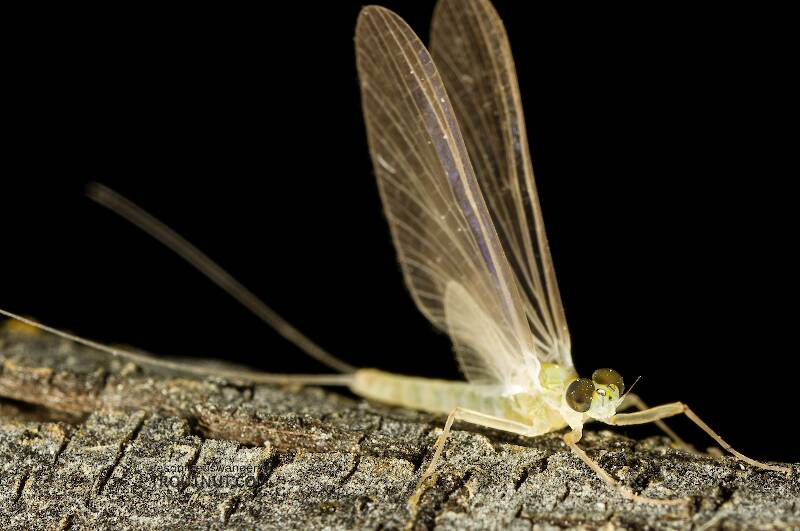
It was collected at the same time as a similar-sized female dun.
1 Female Dun
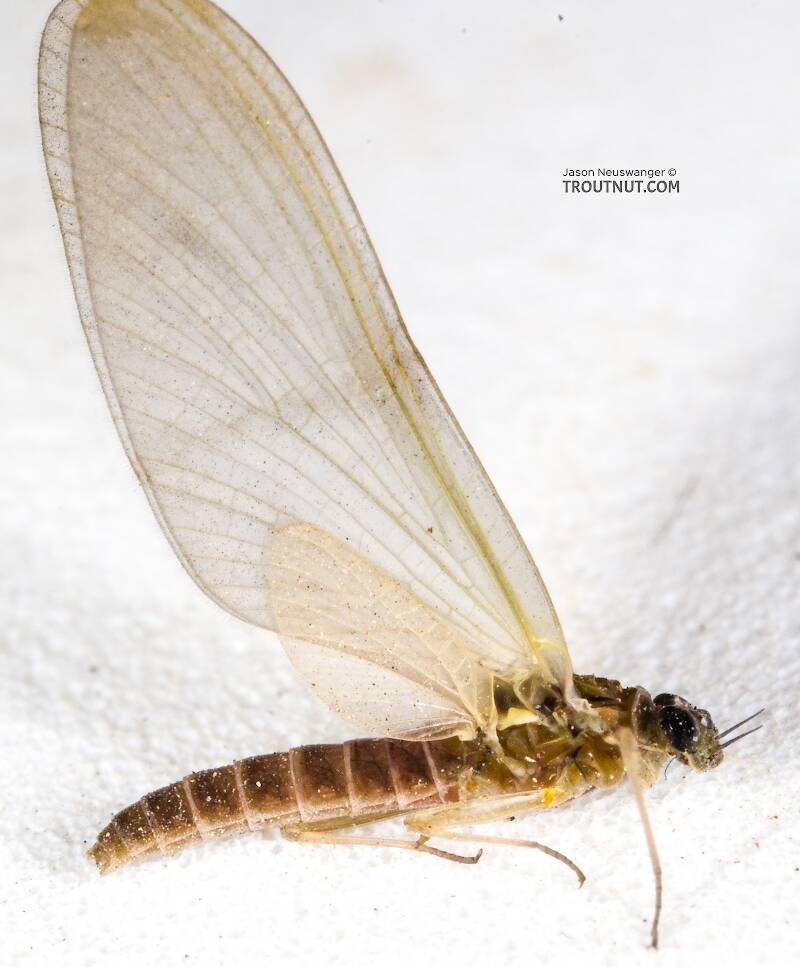
2 Nymphs
Discussions of Epeorus deceptivus
Start a Discussion of Epeorus deceptivus
References
- Arbona, Fred Jr. 1989. Mayflies, the Angler, and the Trout. Nick Lyons Books.
- Caucci, Al and Nastasi, Bob. 2004. Hatches II. The Lyons Press.
- Knopp, Malcolm and Robert Cormier. 1997. Mayflies: An Angler's Study of Trout Water Ephemeroptera . The Lyons Press.
- Needham, James G., Jay R. Traver, and Yin-Chi Hsu. 1935. The Biology of Mayflies. Comstock Publishing Company, Inc.
- Swisher, Doug and Carl Richards. 2000. Selective Trout. The Lyons Press.
Mayfly Species Epeorus deceptivus
Species Range
Resources
- NatureServe
- Integrated Taxonomic Information System
- Global Biodiversity Information Facility
- Described by McDunnough (1924)


